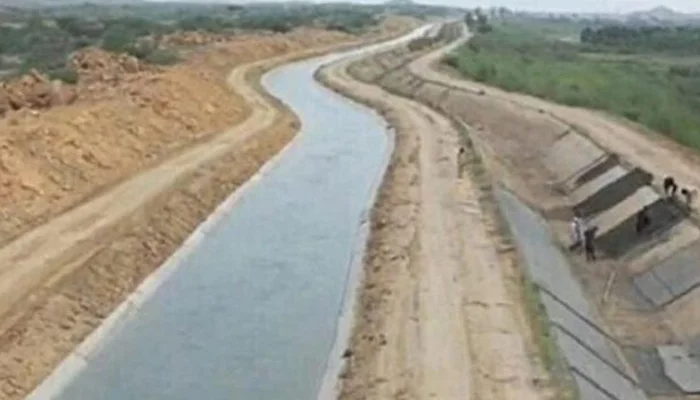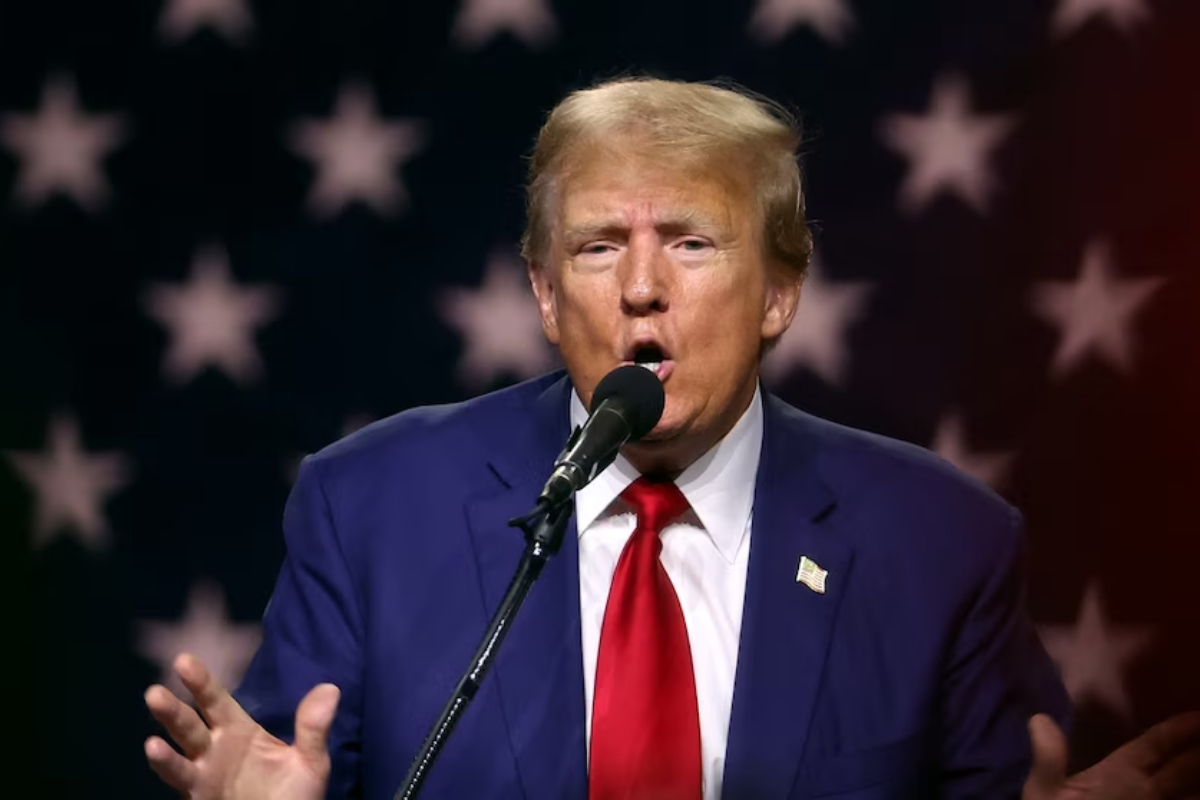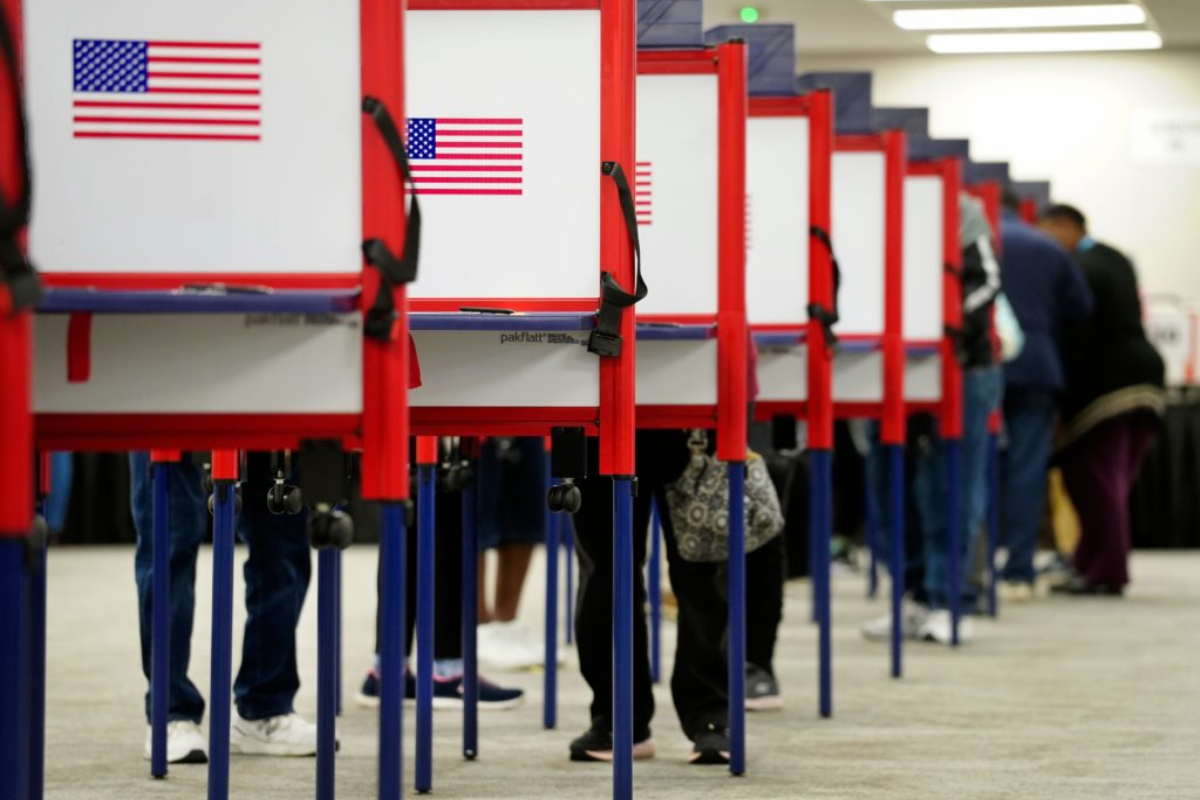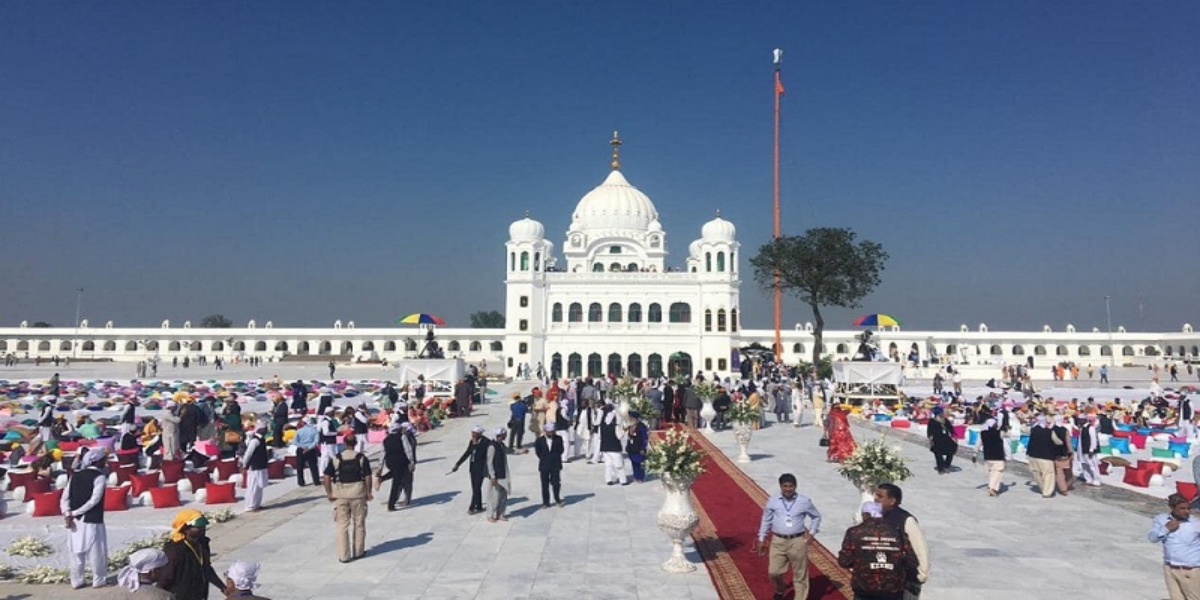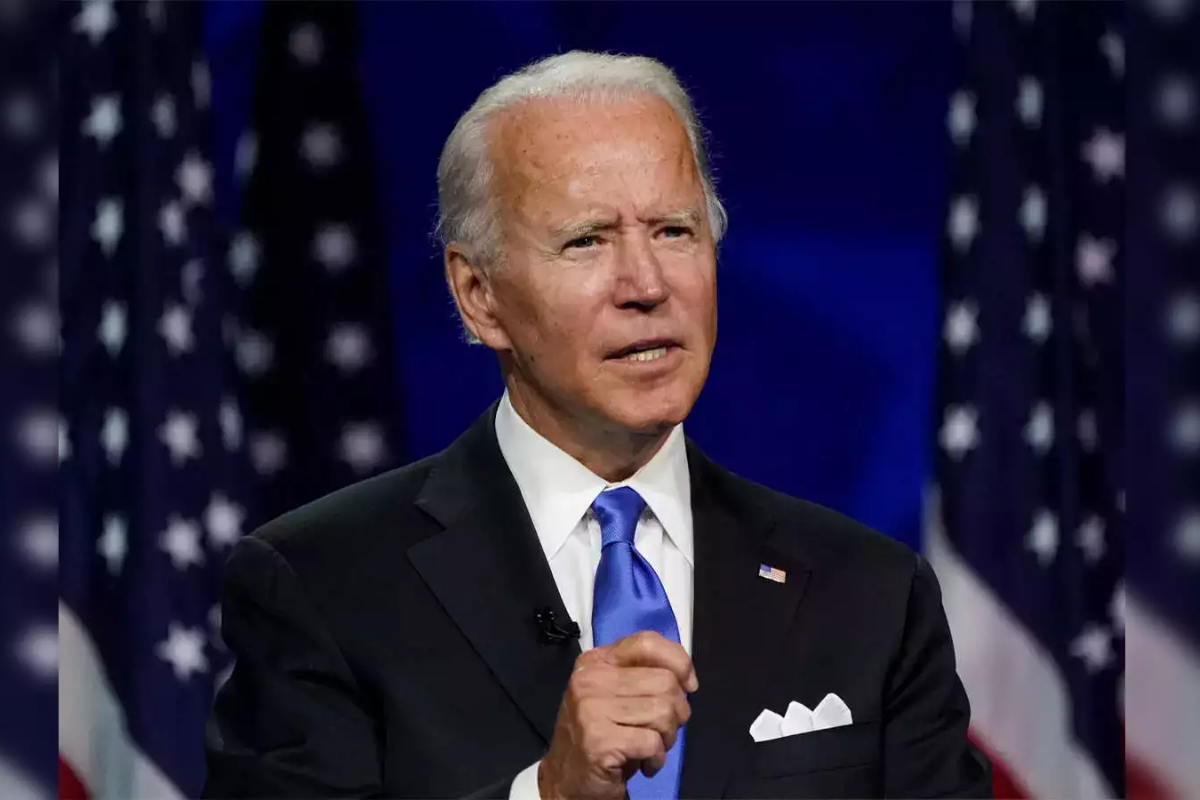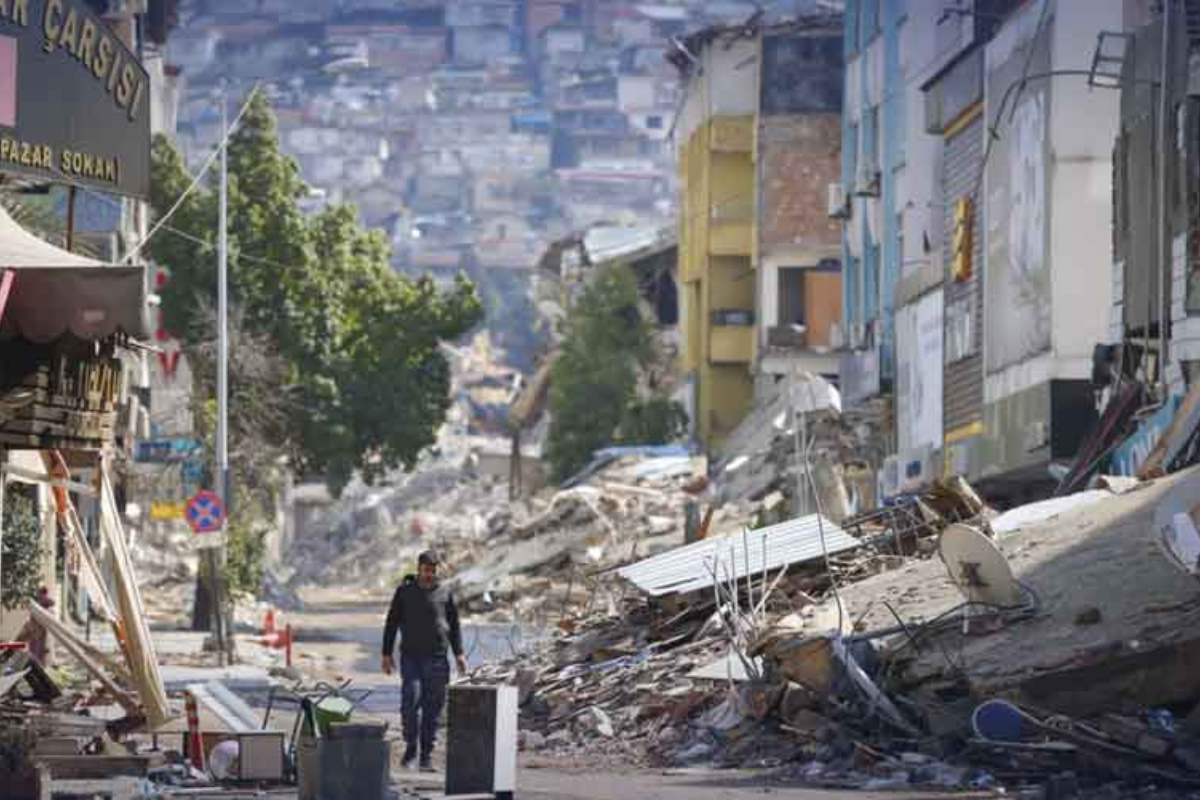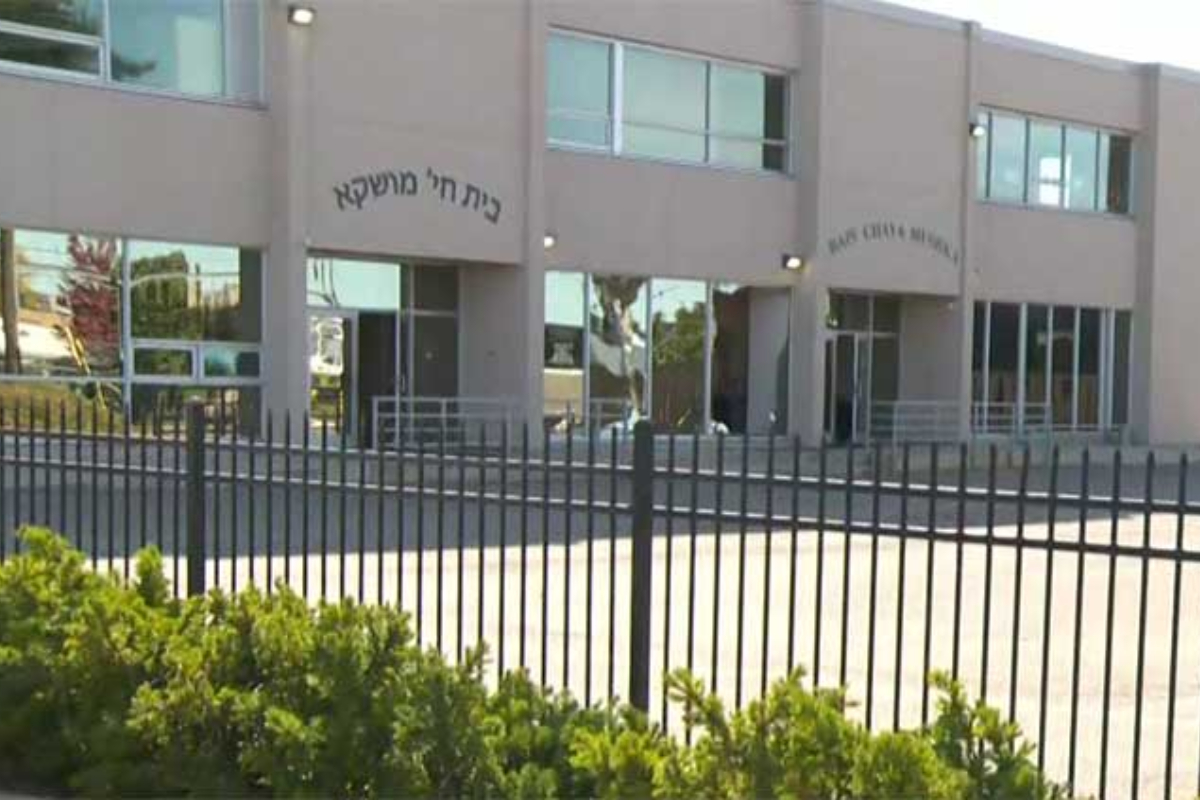- The Rosetta Stone was discovered in northern Egypt in 1799.
- It was sent to Britain along with other French-discovered antiquities after Napoleon’s defeat.
- The British Museum plans to restore the Rosetta Stone.
200 years after the Rosetta Stone’s translation revealed the mysteries of the hieroglyphic script and heralded the advent of Egyptology, prominent Egyptian archaeologists have renewed their appeal for its return from the British Museum to Egypt.
According to Monica Hanna, acting dean of the Aswan College of Archaeology in Egypt, the goal of the archaeologists’ online petition, which has 2,500 signatures so far, is to “inform Egyptians what has been taken from them.”
The Rosetta Stone was discovered in northern Egypt in 1799 by Napoleon’s forces and dates to 196 BC. It was sent to Britain along with other French-discovered antiquities following Napoleon’s defeat in accordance with the conditions of the 1801 Treaty of Alexandria. Since 1802, it has resided at the British Museum.
It was utilised by the Frenchman Jean-Francois Champollion to translate hieroglyphs from 1822, opening up an understanding of ancient Egyptian language and culture. It bears inscriptions of the same text in hieroglyphs, Demotic (an ancient Egyptian alphabet), and Ancient Greek.
Egyptian archaeologists had already demanded its return, but they are hoping that the growing efforts by Western museums to get artefacts that were taken from nations under colonial rule back will support their argument.
It’s simply a matter of time before all of these items are returned, Hanna predicted, as the ethical standards of museums are evolving.
“The stone is a representation of cultural imperialism and cultural aggression.
Restoring the stone is a sign that times are changing and that we are now operating under 21st-century ethical standards rather than those from the 19th century.
There hasn’t been a formal request for the Rosetta Stone’s repatriation from the Egyptian government, according to a British Museum representative.
The spokeswoman mentioned in an email that 21 of the 28 stelae with the same decree carved on them that were found, beginning with the Rosetta Stone in 1799, are still in Egypt.
On October 13, the museum will debut an exhibition with the title Hieroglyphs: Unlocking Ancient Egypt that explores the significance of the Rosetta Stone.
The statement said, “The British Museum highly cherishes productive relationships with colleagues across Egypt.”
According to Egypt, the return of the artefacts benefits the country’s suffering economy by boosting the tourism industry. In the coming months, it will unveil its most renowned ancient Egyptian collections in a sizable new museum close to the Giza pyramids.
At a celebration last week to honour the 200th anniversary of Egyptology, tourism minister Ahmed Issa stated, “Egyptian antiquities are one of the most important tourism assets that Egypt possesses, which separate it from tourist destinations worldwide.”
[embedpost slug=”15-kids-killed-in-fire-at-egypt-church-including-triplets-and-twins”]


